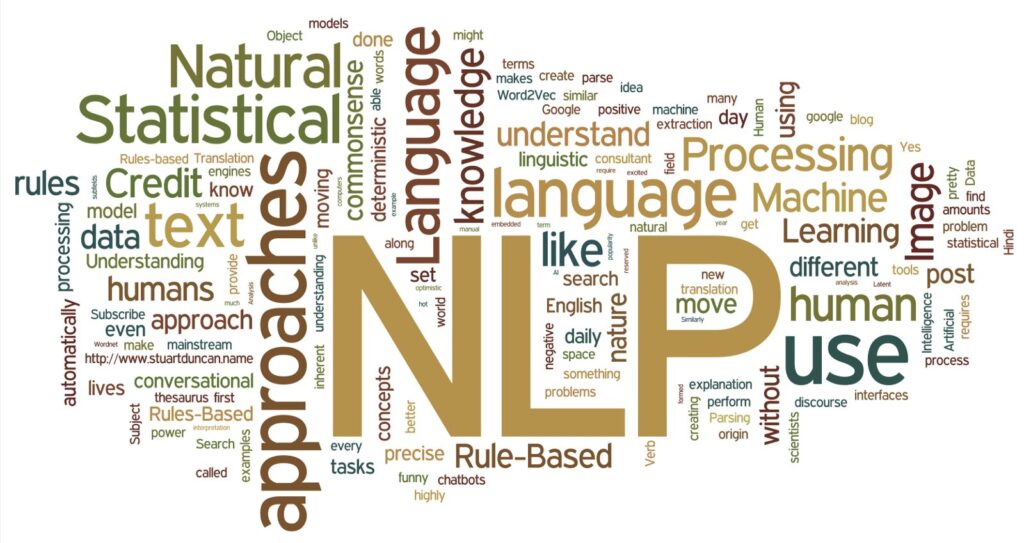Natural Language Processing (NLP) has become a cornerstone of artificial intelligence, enabling machines to understand, generate, and interact with human language. Whether you’re building a chatbot, analyzing sentiment, summarizing text, or detecting fake news, you’ll need a powerful NLP Python library to make your system work efficiently.
With numerous choices out there, deciding where to begin can be tough. This blog explores the best NLP libraries in Python, their benefits, and how they are used in the real world. This will help you pick the right tools for your project. Let’s get started with WeCloudData– The leading data and AI training academy!
NLP Libraries in Python
Natural Language Processing enables the extraction of meaningful insights from vast volumes of text data. Python offers a rich ecosystem of libraries designed for text analysis, making it easier for analysts and data scientists to clean, process, and interpret language data efficiently. These libraries support key NLP tasks such as tokenization, sentiment analysis, named entity recognition, topic modeling, and more. Utilizing these tools allows for automation of text analysis, revealing patterns and enabling informed, data-driven decisions.
Let’s explore the most popular and powerful NLP Python libraries in 2025.

1. NLTK (Natural Language Toolkit)
The Natural Language Toolkit (NLTK) is one of the oldest and most complete NLP libraries in Python. It features over 50 corpora, tokenizers, stemmers, part-of-speech taggers, and more. It is widely used for educational and research purposes which offers features for tokenization, stemming and part-of-speech tagging.
Features:
- Easy access to stopwords: from nltk.corpus import stopwords
- WordNet lexical database
- Named entity recognition (NER)
- Built-in tree visualizers
Drawbacks: It’s not the fastest tool and isn’t suitable for large-scale or production systems.
Real Use
- Customer Feedback Analysis
- Text Classification
- Taught in over 30 universities worldwide; used in educational platforms and research papers.
2. SpaCy
SpaCy is a modern and fast NLP library made for production use. It supports several languages, transformer-based pipelines, and works well with deep learning frameworks like PyTorch and TensorFlow.
Features:
- Industrial-strength tokenizer and NER
- Pretrained pipelines for 24 languages
- Built-in support for BERT and transformer models
- spacy-transformers and spacy-llm for next-gen NLP
Why spaCy is a Top Pick?
It’s the best Python NLP library for high performance in production, with support for advanced NLP models.
3. Hugging Face Transformers
The Transformers library by Hugging Face is the top choice for using advanced pre-trained NLP models like BERT, RoBERTa, GPT, T5, and others. It provides simple APIs to load models with only a few lines of code.

Features:
- Access to 100k+ models
- Task-specific pipelines: summarization, translation, Q&A, etc.
- Fine-tuning and training support
- Hugging Face Hub integration
Ideal For: Developers and researchers needing the most advanced NLP tools.
4. Gensim
Gensim is well-known for topic modeling and semantic similarity tasks. It works efficiently with large corpora due to its streaming data approach.
Use Cases:
- Word2Vec, FastText, and Doc2Vec implementations
- LDA (Latent Dirichlet Allocation)
- TF-IDF and similarity indexing
Why it’s loved: It’s often used in recommendation engines, search engines, and document clustering systems.
5. TextBlob
TextBlob is a simple Python NLP library based on NLTK and Pattern. It’s ideal for prototyping or for simple tasks like sentiment analysis or text translation.
Features:
- Sentiment analysis
- POS tagging
- Language detection & translation (via Google API)
It’s a great option if you’re just getting started or building small applications.
6. Scikit-learn
Even though Scikit-learn is not an NLP library on its own, it’s vital for creating ML pipelines that include NLP tasks like text classification or clustering.
Features:
- TF-IDF vectorization
- Naive Bayes, SVM, Decision Trees
- Dimensionality reduction (PCA, TruncatedSVD)
Best used with: CountVectorizer and TfidfVectorizer to change text into numerical vectors.
7.Flair
Flair from Zalando Research is an NLP library built on PyTorch. It uses stacked embeddings like ELMo, BERT, and GloVe for better context understanding.
Use Cases:
- Named Entity Recognition (NER)
- Part-of-speech tagging
- Text classification
- Multilingual support
Why Flair? Its simplicity and modular design make it great for academic and research projects.
8. AllenNLP
Created by the Allen Institute for AI, AllenNLP is meant for crafting complex NLP models on PyTorch. It provides powerful tools for implementing and evaluating neural models for NLP.
Use Cases:
- Semantic Role Labeling
- Reading comprehension
- Coreference resolution
Bonus: It offers interpretable outputs and model visualization, making it great for research.
9.Stanford CoreNLP (via Python Wrapper)
Originally created in Java, Stanford CoreNLP offers strong features like constituency parsing and coreference resolution. Its Python wrapper makes it accessible to Python users.
Use Cases:
- Deep syntactic parsing
- Relation extraction
- NER and sentiment analysis
Why CoreNLP? Ideal for those who need linguistically rich analysis.
10.Spark NLP
If you’re handling large text data in distributed systems, Spark NLP is the right tool for you. Built on Apache Spark, it’s used in Fortune 500 companies and healthcare systems.
Features:
- 1,100+ pre-trained models
- GPU-accelerated NLP
- HIPAA and GDPR compliance for sensitive data
- Transformer pipelines
Fun Fact: It had over 2.7 million downloads by 2025, used by 54% of NLP teams in healthcare.
Choosing the Best NLP Python Library
Selecting the right NLP library in Python depends on your project’s goals, scale, and technical requirements. Simpler tools like NLTK or TextBlob are excellent for beginners or quick experiments, while production-level systems benefit from powerful libraries like spaCy or Hugging Face Transformers. If your work involves topic modeling or large corpora, Gensim is a strong choice. Multilingual support, deep learning, or big data needs may push you toward specialized options like Polyglot, AllenNLP, or Spark NLP. Below is a quick reference to help match libraries to tasks:
| Goal / Use Case | Recommended Python NLP Library |
|---|---|
| Beginner / Educational Use | NLTK, TextBlob |
| Production-ready Applications | spaCy, Hugging Face Transformers |
| Topic Modeling / Similarity | Gensim |
| Multilingual NLP | Polyglot, iNLTK |
| Deep Learning NLP Tasks | Transformers, AllenNLP, Flair |
| Sentiment Analysis | VADER, TextBlob, Flair |
| Big Data / Distributed NLP | Spark NLP |
| Advanced Syntax / Parsing | Stanford CoreNLP |
Learn With WeCloudData
At WeCloudData, we believe that education should be practical, career-focused, and accessible to everyone, whether you’re an aspiring data scientist, a software developer transitioning into AI/ML, or a business team looking to upskill.
From day one, our learners work with real data, build models using libraries like scikit-learn, and gain hands-on experience solving real-world problems. We don’t just teach syntax, we teach you how to think like a data scientist.
What WeCloudData Offers
- Career-Focused Bootcamps: Learn Python, Data Science, Data Engineering, Machine Learning, and AI via our learning tracks.
- WeCloudData’s Corporate Training programs are designed to meet the needs of forward-thinking companies. With hands-on, expert-led instruction, our courses are designed to bridge the skills gap and help your organization thrive in today’s data-driven economy.
- Live public training sessions led by industry experts
- Career workshops to prepare you for the job market
- Dedicated career services
- Portfolio support to help showcase your skills to potential employers.
- Enterprise Clients: Our expert team offers 1-on-1 consultations.
Join WeCloudData to kickstart your learning journey and unlock new career opportunities in Artificial Intelligence.

